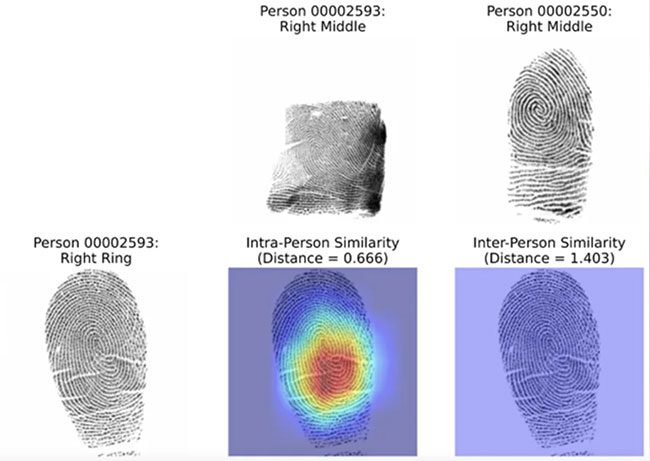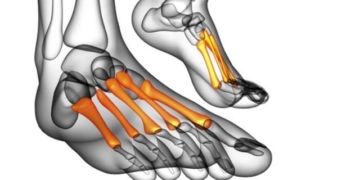The research results published in the journal Science Advances seem to overturn a long-held belief – fingerprints are not entirely unique.
Are Fingerprints Truly Unique?
This question arose during a casual conversation between Gabe Guo and his professor during the Covid-19 lockdown. At that time, Guo was a first-year Computer Science student at Columbia University in the United States.

Research findings on fingerprints published in the journal Science Advances. (Photo: Datos Insights).
“That seemingly simple question shaped the direction of my next three years,” Guo shared.
Along with Professor Wenyao Xu from the University at Buffalo, Guo led the research team on this subject. The research findings published in Science Advances appear to challenge the notion that fingerprints are entirely unique.
In fact, the study had been rejected by several journals before it was accepted for publication in Science Advances.
“Initially, we faced a lot of opposition from the forensic community. They believed that two identical fingerprints were impossible. However, this actually improved our research. We continuously added more data and enhanced accuracy until the evidence became clear and undeniable,” Guo – who had no forensic expertise – recalled.
AI Reveals Secrets
According to CNN, the research team utilized an artificial intelligence (AI) model called deep convolutional networks, commonly used in facial recognition, to analyze a massive dataset of 60,000 pairs of fingerprints from the United States.
These pairs included fingerprints from the same person as well as fingerprints from different individuals.
As a result, the AI system discovered astonishing similarities between fingerprints from different fingers of the same person, with an accuracy rate of up to 77% for each pair. This seems to refute the notion that “every fingerprint is unique.”
“We have found a reasonable explanation for this phenomenon, which lies in the angles and curvature of the fingerprint’s core,” Gabe Guo stated.
According to Guo, for hundreds of years, forensic experts have focused on characteristics known as “minutiae” – the small branches and endpoints of fingerprint ridges, which have been considered traditional identification markers.
“While they are useful for comparing fingerprints, they are unreliable for identifying relationships between the fingerprints of the same individual. This is the key point of the new discovery,” Guo explained.
However, the research team also acknowledged that current data may be biased. They are confident that the AI system operates relatively consistently across genders and races, but to truly apply it in the forensic field, the system needs to be more thoroughly tested through a larger and more diverse database.
Despite this, Guo believes that this discovery could significantly improve criminal investigations.
“The most direct application of the research is to help find new leads for unsolved cases, especially when fingerprints collected at a crime scene do not match any fingerprints in the database. On the other hand, this technology not only helps catch more criminals but also helps innocent people avoid unnecessary investigations. I think that is a benefit to society,” Guo remarked.

The research team used AI to analyze a massive dataset of 60,000 pairs of fingerprints from the United States. (Photo: CNN).
New Controversy
Christophe Champod, a professor of Forensic Science at the University of Lausanne in Switzerland, believes that using AI to analyze fingerprints is an interesting topic. However, he assesses that this work does not really provide anything new.
“The relationship between fingers has been documented since the early days of manual fingerprint analysis. In my opinion, they have ‘exaggerated’ the importance of the research due to a lack of knowledge. I am glad they have rediscovered something that was already known, but fundamentally, it is just ‘a storm in a teacup,'” Professor Champod said.
Sharing a similar view, Dr. Sarah Fieldhouse, a lecturer in Forensic Science at Staffordshire University, stated to the BBC that the new research is unlikely to have a significant impact on criminal cases at this stage.
In response, Gabe Guo argued that no one has ever quantified or utilized the similarities between fingerprints from different fingers of the same person like this new study.
Guo believes the new discovery is a significant advancement over previous research in the field. To prove this, the team made the source code of the program publicly available, allowing other experts to participate in the research and development.
“This research is not just about fingerprints but also about artificial intelligence. Humans have observed fingerprints since time immemorial, but no one recognized this similarity until we used AI to analyze. This shows the potential of AI in automatically recognizing and extracting important features. I believe this research is just the beginning of a new series of discoveries thanks to AI,” Guo concluded.




















































